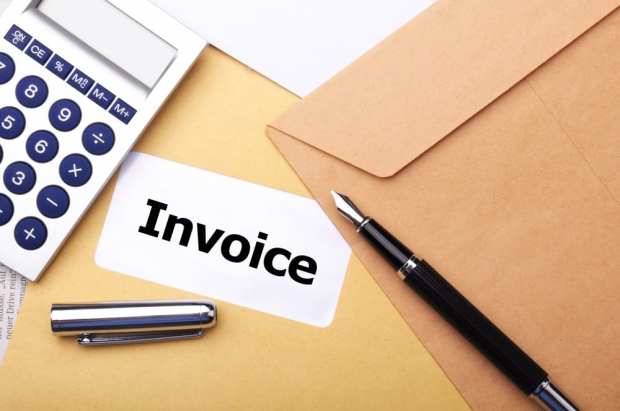Why Enterprise Digitization Doesn’t Always Solve AP Friction

To demonstrate the manual nature of an invoice payment process, Catherine Andersen, co-founder and chief executive officer of accounts payable technology firm Roger, reflected on the strategies of one recently onboarded customer.
This “pretty big” company would receive an invoice, print it out, pass that paper document onto the desk of a manager for approval, move it to another desk for a signature, and then take it to an internal finance and accounting employee to pay it. Once paid, the accounting team would manually input that information into their accounting platform.
There are several points of friction slowing down the invoice-to-pay process in this scenario, Andersen told PYMNTS in a recent interview, but the bigger picture is that “there is a huge workflow problem,” particularly when it comes to connecting the accounts payable (AP) process to the accounting team.
“Accountants and bookkeepers especially struggle with compliance in accounts payable,” she added. “They struggle with managing AP across client bases, and making sure the processes are as they should be. They struggle with collaborating with clients, and AP struggles with collaborating with accountants.”
Much of this friction stems from the fact that paper documents are being moved, by hand, from desk to desk, forcing professionals to manually input data into their back-office platforms. But as organizations continue their digitization journeys, adopting an electronic accounts payable platform wont’ necessarily solve all of the problems that exist.
The Effect of Automated AP
Digital accounts payable solutions can tackle several hurdles at once. They can offer a single portal through which companies can manage invoice payments, expenses, receipt data capture and more.
One of the biggest opportunities in automated, digital accounts payable, according to Andersen, is in the area of fraud and compliance. Manual accounts payable processes leave room for error and fraud, and audits often occur months after transactions happen, leaving a massive gap in time between when a fraudulent or non-compliant transaction occurs, and when an organization is able to identify it.
When accounts payable goes digital, Andersen said there is a near real-time audit of transactions that can pull back the veil on any nefarious or erroneous activity causing companies to lose out on the bottom line.
Artificial intelligence (AI) and machine learning show particular promise in this area, she added, particularly when Optical Character Recognition (OCR) technology becomes more accurate and can analyze information even when it’s on paper.
“We train our own models to become really accurate around scanning, but fraud detection is personally when I really see the biggest application for AI in this space,” said Andersen.
No Silver Bullet
Digitization can enhance productivity and boost transparency in accounts payable, but it is no silver bullet in addressing all of the challenges that exist.
While printing out paper invoices and manually entering data is a pain, digitizing accounts payable can leave organizations with processes that are still siloed: if an accounts payable platform is not integrated into accounting and bookkeeping portals, manual data entry will continue to be an issue.
And then, there’s the issue of the paper check.
According to Andersen, there may be some misunderstanding about what impact digital AP technology will have on corporate ePayments adoption.
“There are still a lot of paper checks out there,” she said, “and I think a lot of companies have tried to build things up in accounts payable and assume they could get rid of the paper check.”
But in the U.S., business culture has held on tight to the paper check. Andersen said that this can be demonstrated by the fact that electronic payment options have been around for years, and yet paper checks remain. One of the biggest reasons why, she noted, is that organizations do not like forcing their vendors to be onboarded to an accounts payable or ePayment portal.
“Most businesses don’t want to impose this upon their vendors,” she said. “It becomes a hassle.”
Understanding that ePayments adoption in accounts payable will occur gradually is essential to tracking the biggest AP friction points. That means enabling technology to work with paper checks in existence, identifying the vendors that already accept ePayments, and offering agile solutions that can gently guide companies towards electronic payments.
But adopting electronic AP technology does not guarantee that paper checks will go away — nor does it guarantee that a company will receive electronic invoices. AP platforms cannot promise that employees will not attempt to steal from their companies, either. But digitization will guide organizations over these hurdles — if they strategies their digitization journeys.
“For now, I think we have to accept that paper checks are still around, but as we adopt AP tools more and more, and as we move along . the continuum, there will have to be a time where we see fewer paper checks,” said Andersen. “It’s not something anyone can just force through.
“It’s not going to shift overnight,” she continued. “It will have to take its time. We can do a lot with these new AP technologies, but it’s not necessarily the cure.”
